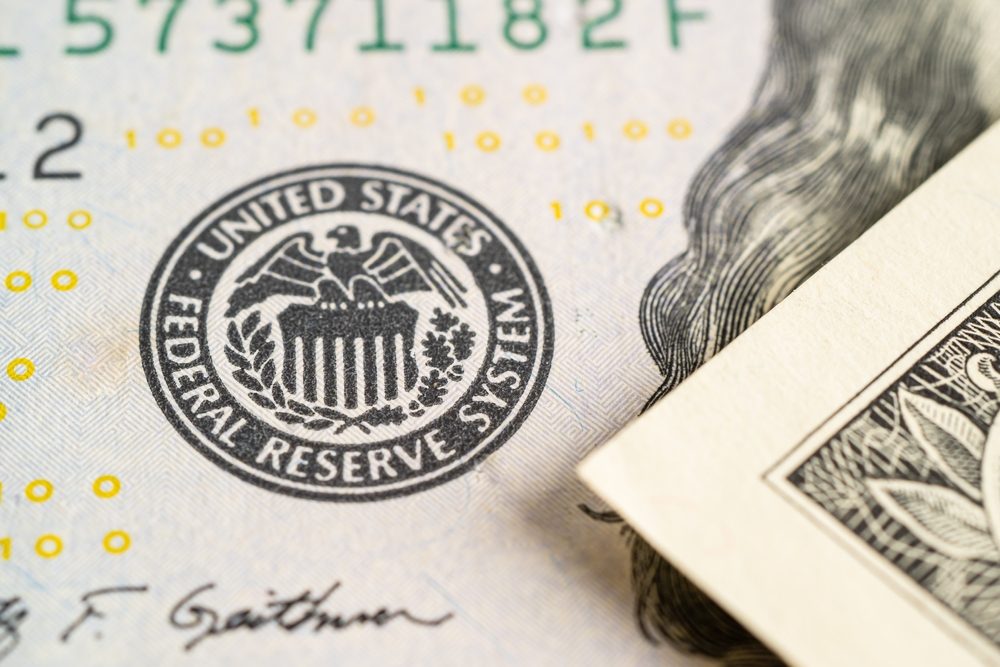
Most retirees watch the Federal Reserve for rate of interest modifications—however one thing quieter is occurring behind the scenes. The Fed’s newest coverage changes might have an effect on financial savings accounts, CDs, and bond returns even with out an official charge reduce. These small technical shifts in how the Fed manages liquidity and financial institution reserves are already rippling by way of retirement portfolios. Many seniors don’t understand their yields can drop earlier than the Fed ever broadcasts a charge transfer. The query is: how can retirees shield themselves when the sport modifications with out headlines?
The Fed’s “Stability Sheet Normalization” Isn’t So Regular
The Federal Reserve’s steadiness sheet has been shrinking because it sells or permits bonds to mature—a course of known as “quantitative tightening.” Whereas the Fed isn’t reducing rates of interest but, lowering its bond holdings pulls cash out of circulation. That lowers liquidity within the monetary system, which means banks have much less money to supply engaging financial savings charges. In consequence, yields on cash market funds and short-term CDs are starting to melt even whereas official charges keep excessive. This refined tightening works like a “shadow charge reduce,” slowly lowering what savers earn with out public fanfare.
Why Banks Are Quietly Paying You Much less
Banks set deposit charges based mostly on what they will earn by lending cash or parking funds with the Fed. When the Fed lowers the curiosity on reserve balances (IORB)—the speed it pays banks to carry extra money—monetary establishments begin decreasing what they pay you, too. The Fed has just lately adjusted its inner reserve charges, prompting banks to quietly trim high-yield financial savings provides. These strikes don’t make front-page information as a result of they’re “technical,” not policy-driven. However retirees counting on 5% financial savings yields might quickly see returns dip nearer to three.5%, even with no formal announcement.
Bond Funds Could Face Value Swings Once more
Retirees holding bond mutual funds or ETFs would possibly see renewed volatility. Because the Fed adjusts its steadiness sheet, Treasury yields can fluctuate unpredictably. Even a minor shift within the Fed’s open market operations can change how traders value long-term bonds. When yields rise barely, bond costs fall—hurting retirees who depend upon fixed-income stability. Many thought the worst was over after 2022’s charge hikes, however liquidity tightening might set off new dips in portfolio worth, particularly for these in bond-heavy retirement accounts.
Cash Market Funds Aren’t Immune Both
Cash market funds sometimes mirror short-term rates of interest, in order that they’re usually seen as “protected yield” havens. However when the Fed drains liquidity, the provision of short-term securities shrinks. That may push yields down even when the federal funds charge stays the identical. Fund managers are rotating to lower-yield devices as in a single day repo charges slide. The change is refined—maybe only a few foundation factors at first—however retirees with giant money reserves will really feel the cumulative affect over months. The hazard is complacency: assuming your cash remains to be working arduous when, in actuality, it’s quietly incomes much less.
Retirees Might Lose Floor to Inflation Once more
Decrease yields paired with regular inflation imply buying energy erosion resumes sooner than anticipated. If inflation stays round 3% however financial savings charges slip beneath 4%, retirees successfully earn nearly nothing after taxes. Some economists imagine the Fed might tolerate “mildly damaging actual yields” to stabilize debt markets. For retirees, which means watching bills rise whereas earnings stagnates—an invisible pay reduce for anybody dwelling off fastened returns. These relying solely on curiosity earnings or annuities listed to Treasury charges would be the first to really feel the pinch.
How one can Keep Forward of Fed Coverage Shifts
Staying nimble issues greater than ever. Retirees ought to diversify between short-term and long-term devices slightly than parking all money in a single yield-chasing product. Laddering CDs, mixing Treasury payments with municipal bonds, and exploring fastened listed annuities can cushion the affect of coverage drift. Some monetary advisors additionally suggest conserving a small allocation to dividend-paying shares for inflation safety. Earlier than assuming yields are steady, test the newest FOMC assembly minutes—these quiet particulars usually reveal greater than the headlines.
The Hidden Price of “No Change”
Generally, essentially the most harmful Fed coverage is silence. Even with no publicized charge reduce, refined inner strikes can scale back retirees’ actual earnings. Staying knowledgeable about liquidity operations, reserve charge modifications, and steadiness sheet tendencies helps shield towards monetary surprises. Retirees who monitor the place their returns come from—not simply what share they earn—will fare higher on this new “invisible coverage” period. Have you ever observed your financial institution yields slipping these days, regardless that the Fed hasn’t introduced a charge change?
Have your financial savings account or CD charges began to say no with out rationalization? Share your expertise within the feedback—your story would possibly assist different retirees perceive how hidden Fed insurance policies affect real-world financial savings.
You Could Additionally Like…
- 5 Residence Fairness Line Pitfalls Seniors in California Didn’t Anticipate
- 4 Mum or dad PLUS Mortgage Forgiveness Applications Various by State Boomers Miss Out On
- 10 Retirement Methods That Depart {Couples} Financially Stranded in Their 60s
- The IRS Can Now Contact Extra Than Your Financial institution Account: Right here’s What You Ought to Know
- 7 Internet Value Myths That Idiot Center-Class Households

